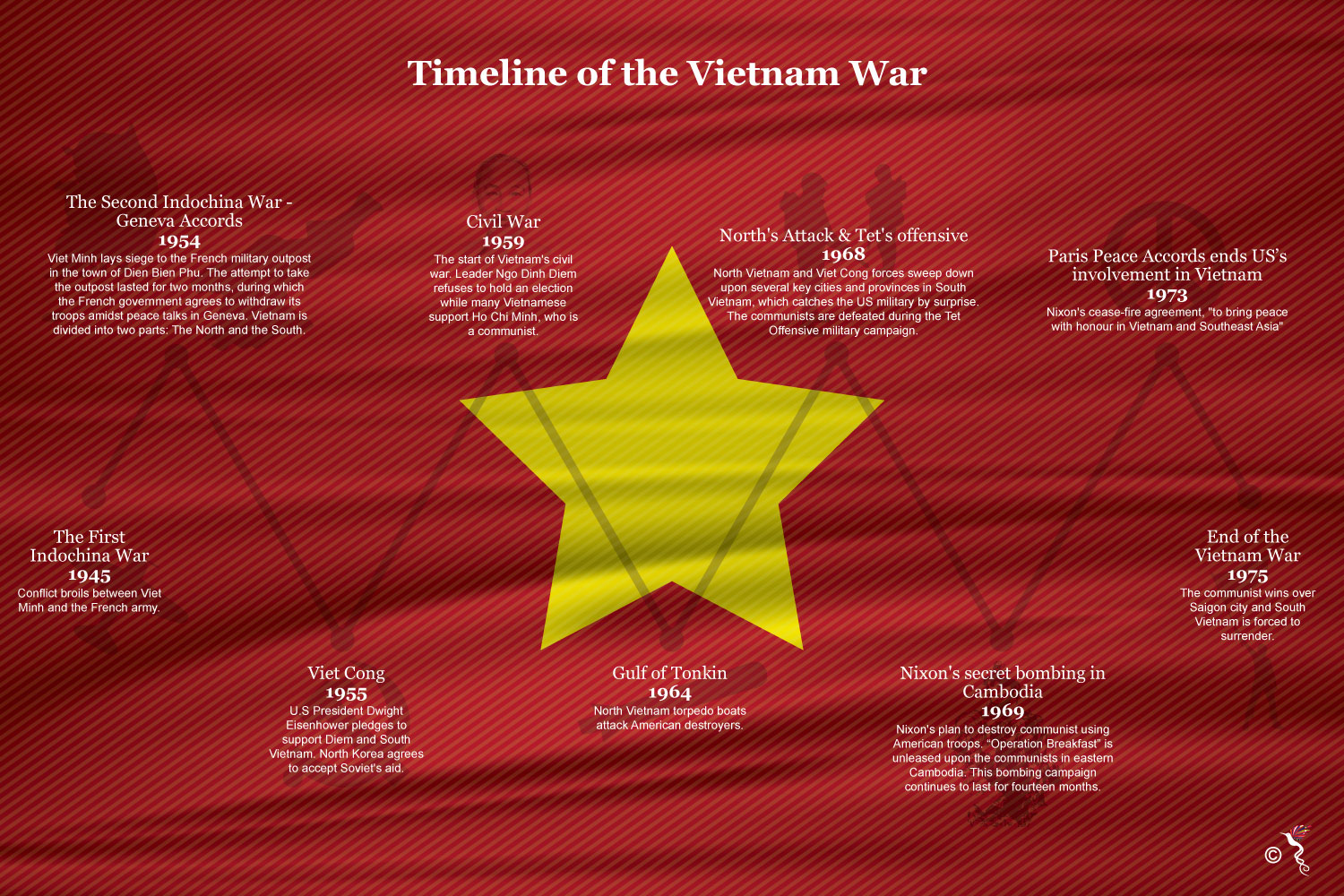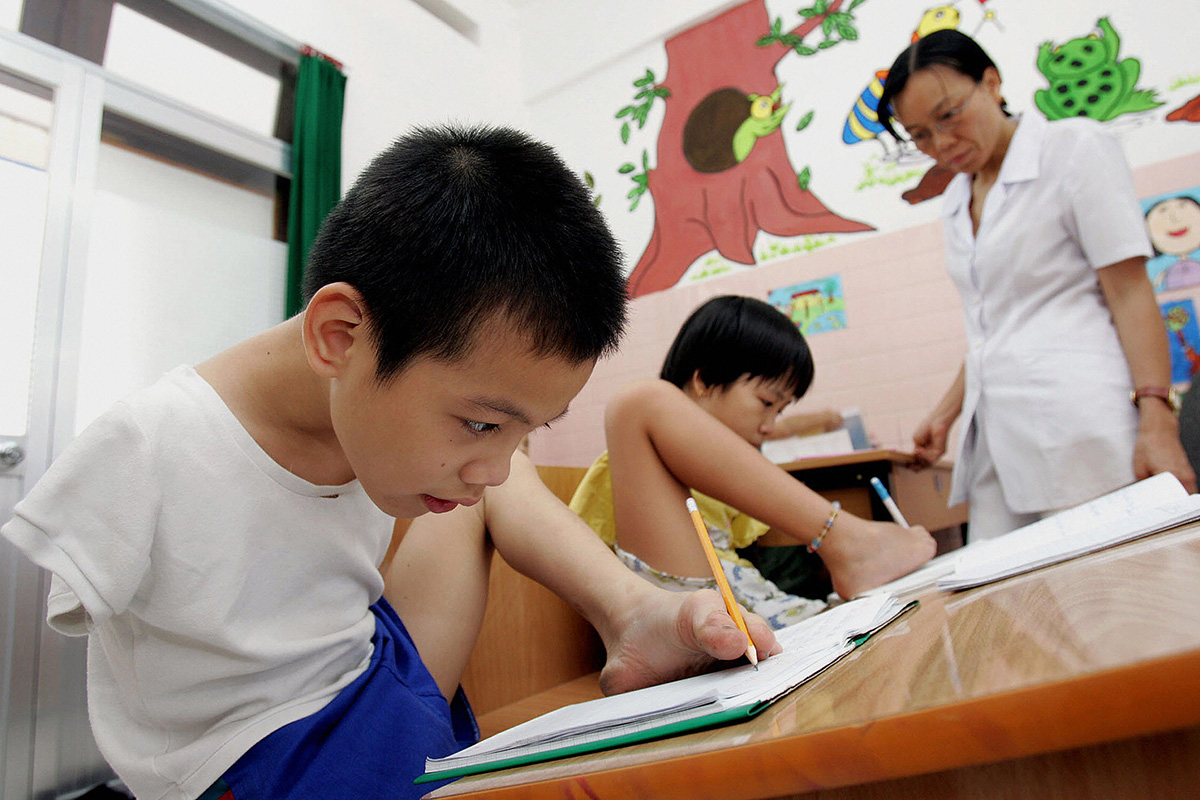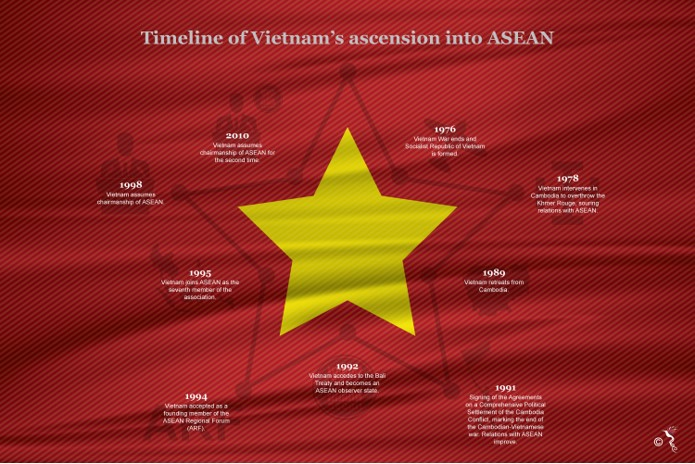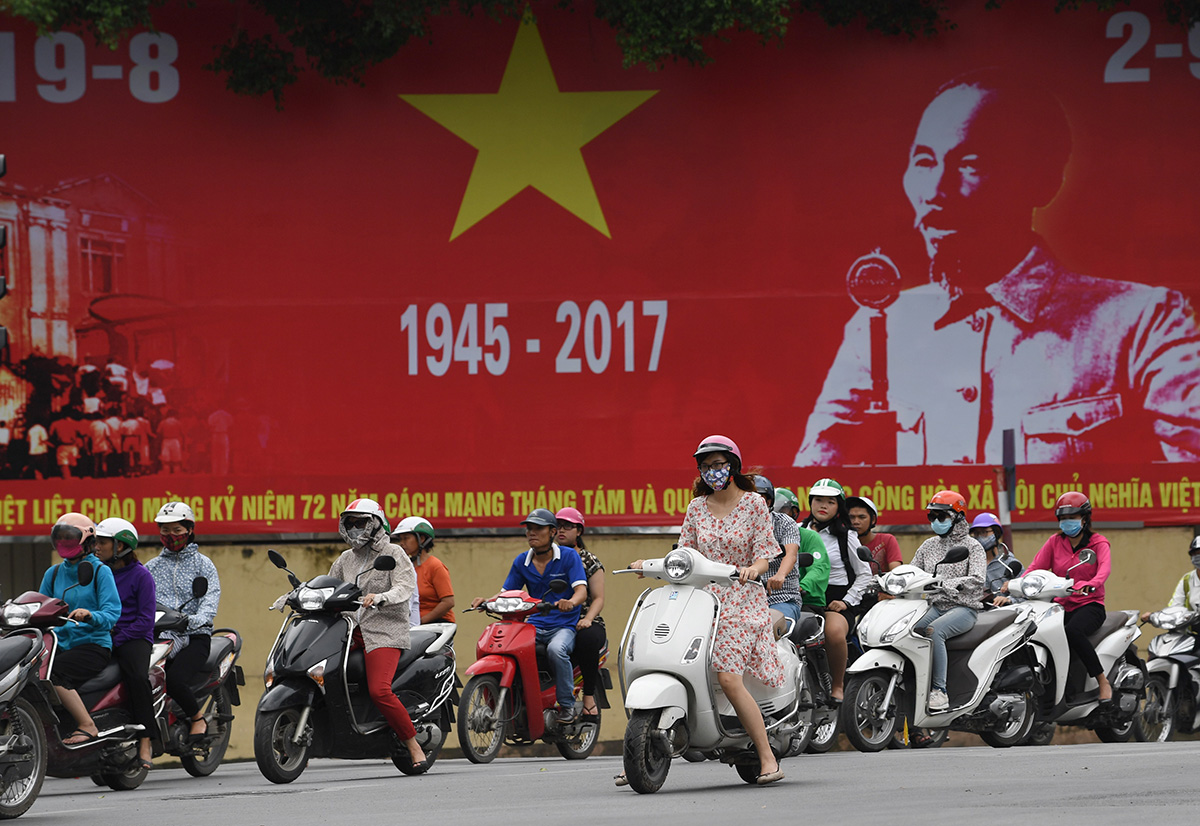Vietnam turns seventy-two today. A country once ravaged by war and charmed by the ideals of communism, Vietnam now boasts an ever-thriving population of 96 million citizens consisting of various ethnic groups and linguistic backgrounds as the nation celebrates its independence. Located in the eastern margin of the Indochina peninsula, it covers an area of approximately 331,000 square kilometres with an array of geological features including mountains, tropical rainforests, bustling cityscapes and highlands which contribute to its scenic landscape.
Vietnam has had a colourful history. It was governed by Chinese emperors and was also once part of the proud kingdom of Champa. The country itself was once reigned by its own monarchy, the last two being the Tay Son and Nguyen dynasties before the arrival of the French, who ruled Vietnam as part of the French Indochina.
Vietnam’s road to independence: Every path has its puddle
When the Second World War ended in August 1945, Vietnam was left in a power vacuum. It triggered a revolt by the Viet Minh - a coalition which sought independence for Vietnam from the French Empire. The Viet Minh was led by Ho Chi Minh - a revolutionary communist figure.
In August 1945, the last ruling monarch of Vietnam from the Nguyen Dynasty, Bao Dai had abdicated the throne thus ceding power to the Viet Minh. On September 2, 1945 Ho Chi Minh declared independence for the Democratic Republic of Vietnam at the Ba Dinh Square in Hanoi.
Ho Chi Minh’s communist bent was not received well by the French, who, seised South Vietnam and hoped to begin talks with the communist North. The talks failed and this marked the beginning of the eight-year long Indochina War. China - then led by Chairman Mao Zedong - and the Soviet Union backed Ho Chi Minh and his resistance whilst the US assisted the French forces.
In 1954, heavy French losses prompted peace negotiations and Vietnam was demarcated at the 17th parallel into Northern communist Vietnam and the non-communist South. Ho Chi Minh, led North Vietnam while Ngo Dinh Diem - an anti-communist politician - led South Vietnam. This would set the stage for the Vietnam War in the decades to come.
The Vietnam War: Caught between the bear and the eagle

Timeline of the Vietnam War
In 1955, US President Dwight Eisenhower pledged his support for Diem and South Vietnam. By 1962, about 12,000 US military advisers were already deployed in South Vietnam. North Vietnam agreed to accept aid from fellow communist ally, the Soviet Union. Increasingly, the conflict in Vietnam was perceived to be a proxy battle between the US and the Soviet Union, who were vying to expand the influences of their respective ideologies.
However, Diem’s increasingly dictatorial ways were impeding US efforts to halt the communist onslaught and in 1963, he was assassinated in a US backed coup. In 1964, North Vietnamese torpedo boats attacked two US destroyers at the Gulf of Tonkin. The US Congress responded by authorising military action in the region. This incident marked US's entry into the Vietnam War. By 1967, a total of 500,000 American troops were deployed in Vietnam.
The brutality of the war caused devastation on a horrific scale.
The "My Lai massacre" witnessed approximately 500 civilians - including women and children - being slaughtered by American troops. The US also deployed almost 50 million litres of a powerful herbicide and defoliant chemical known as Agent Orange over a land mass of approximately 18,000 square kilometres. Agent Orange contains a deadly chemical contaminant called dioxin, which causes serious physical, psychological, genetical and neurological effects upon contact. The "Tet Offensive" launched by the North in 1968 was a series of gruelling attacks against over a hundred cities in South Vietnam. Both sides suffered heavy causalities and the attacks also resulted in the deaths of thousands of civilians. This military campaign was a major turning point of the war as the US started withdrawing its troops from Vietnam.

In this picture taken on March 3, 2005 shows ten-year-old Tran Binh Minhn (L) and 11-year-old Pham Thi Thuy Linh, both Agent Orange victims and handicapped, learning to write with their feet at the Peace Village in Tu Du hospital in Ho Chi Minh City. (AFP Photo)
Ho Chi Minh died on September 2, 1969. In the same year, newly inaugurated Republican US President, Richard Nixon begins to reduce American troops in Vietnam amidst growing opposition within the US against the war. In 1971, he made his historic visit to China, to mend Sino-US relations. This was viewed as a strategic step to resolve the war in Vietnam. In 1973, peace accords were signed in Paris and remaining American soldiers were pulled out of Vietnam.
However, fighting between the North and South continued with the Communist North gaining an upper hand. On April 30, 1975 Saigon - the capital of South Vietnam - fell into the hands of the North and was renamed as Ho Chi Minh City. The South Vietnamese President, Duong Van Minh surrendered to North Vietnam. North Vietnam’s Colonel Bui Tin accepted Minh's surrender, whilst declaring: “Only the Americans have been beaten. If you are patriots, consider this a moment of joy”.
The war killed approximately two million people whilst about three million were wounded. It had also decimated infrastructures and Vietnam's economy. North and South Vietnam eventually reunited as one on July 2, 1976.
Vietnam's road to glory: An ambitious future ahead
The newly united nation had to battle demons of its past. The country was cautious over communist threats in nearby Cambodia, which was governed by the Khmer Rouge regime. Led by the ruthless Pol Pot, the regime was communists in ideological inclination but was suspicious of the Vietnamese for wanting to form an Indochinese federation with Vietnam as its leader. After several military exchanges between the two, Vietnam invaded Cambodia in 1978.
This did not bode well with ASEAN (Association of Southeast Asian Nations). It was unhappy with Vietnam’s decision as it threw the region into instability. Vietnam’s aim was only to depose the ruthless Khmer Rouge in Cambodia. Upon succeeding, Vietnam withdrew its forces and was back in good terms with the association. On the July 28, 1995 Vietnam was granted full membership of ASEAN.

Timeline of Vietnam’s ascension to ASEAN
The Vietnam that we have come to know today isn’t one that is haunted by memories of its war-torn past. If anything, the nation has come a long way since then to stand at the forefront of economic development, foreign diplomacy and regional leadership.
Vietnam was known as one of the poorest economies once, but it has since shifted into a middle-income economy after adopting a mixed economy system back in the 1980s. Thereafter, economic growth rates have skyrocketed. Since 1990, it has boasted one of the highest GDP per capita growth, averaging at 6.4 percent per annum in the 2000s. Upwards of 40 million people are no longer living in extreme poverty. The rate of extreme poverty has since plummeted to 3 percent compared to almost 50 percent back in 1993. It is also part of the GMS (Greater Mekong Subregion) - an economic and social program between Vietnam, Lao, Thailand, Myanmar, Cambodia and China (specifically the Yunnan Province and Guangxi Zhuang Autonomous Region). The GMS seeks to increase connectivity, improve competitiveness and build a stronger sense of community within the region.
According to a report by PricewaterhouseCoopers, Vietnam is projected to be one of the world’s three fastest growing economies over the next thirty years, averaging a growth rate of 5 percent per annum. This is attributed to its youthful population and increasing domestic demand and output. As an ASEAN member state, it stands to benefit greatly from, among others, the AFTA (ASEAN Free Trade Agreement) and the RCEP (Regional Comprehensive Economic Partnership). The latter is currently under negotiations.
Vietnam also plays a critical role in finding a peaceful resolution to the South China Sea dispute which it has a considerable stake in. Given the historical animosity between Hanoi and Beijing, the two nations have been involved in military skirmishes which threaten geopolitical stability of the region. Nevertheless, Vietnam remains a strong advocate of achieving a peaceful resolution to the dispute via the 2002 Declaration of Conduct signed by all 10 members of ASEAN and China.
The socialist state would go on to assume the chairmanship of ASEAN twice, once in 1998 and more recently in 2010. During its first chairmanship - against the backdrop of the Asian financial crisis - ASEAN passed the Hanoi Plan of Action which addressed the need to narrow the developmental gap between ASEAN nations. In 2010, Vietnam, under the theme "Towards the ASEAN Community: From Vision to Action", revisited this notion and reaffirmed its resolution to achieve a more "balanced, inclusive and sustained ASEAN Community".
'Petit a petit, l’oiseau fait son nid'
The French saying "petit a petit, l’oiseau fait son nid" translates to "little by little, the bird makes its nest". A fitting testimony of Vietnam’s spirit and resilient attitude towards its resurrection in the aftermath of a sullen history. One can only hope that in the years to come, that same spirit which saw the country through its most trying times, will continue to foster a burgeoning economy, a beatific populous and one with an ardent commitment towards a greater regional agenda.
Happy Independence Day, Vietnam!
Mừng ngày Quốc Khánh Việt Nam 2/9
